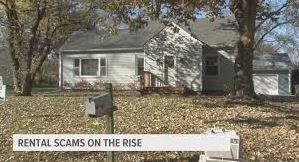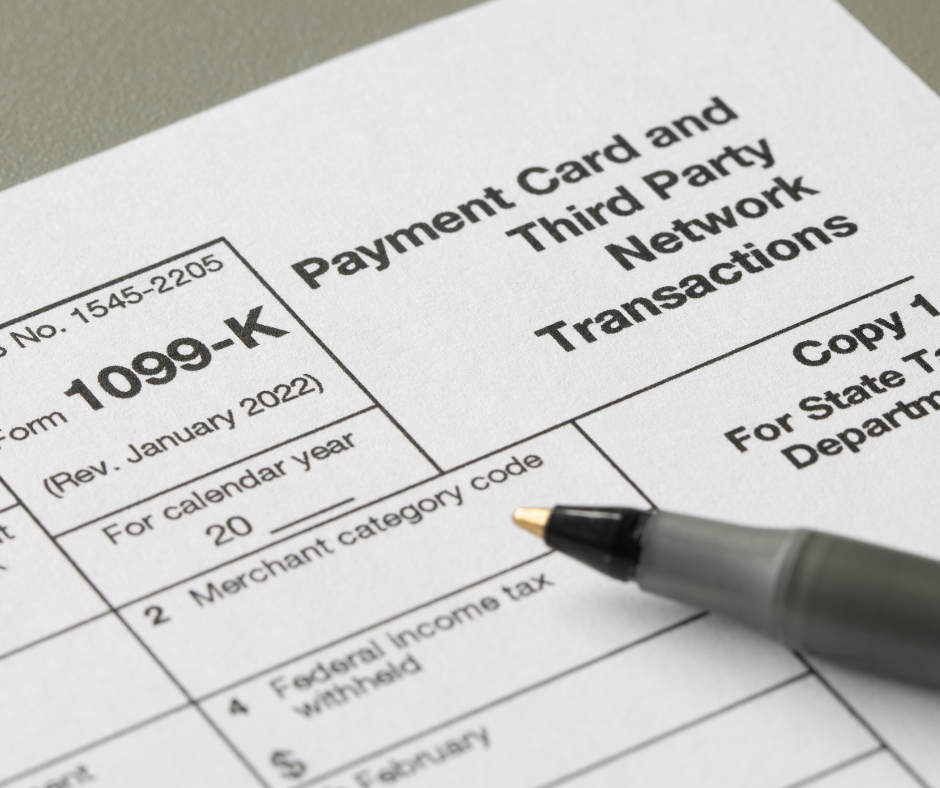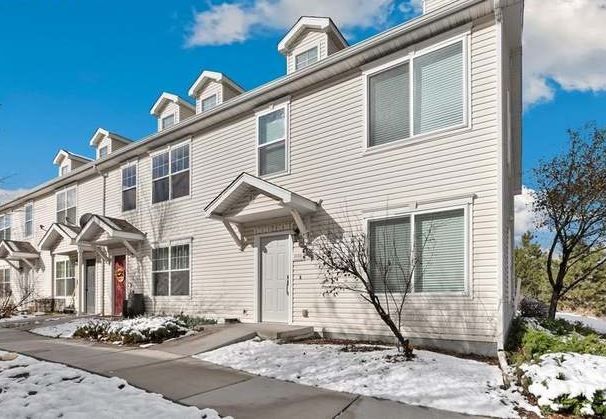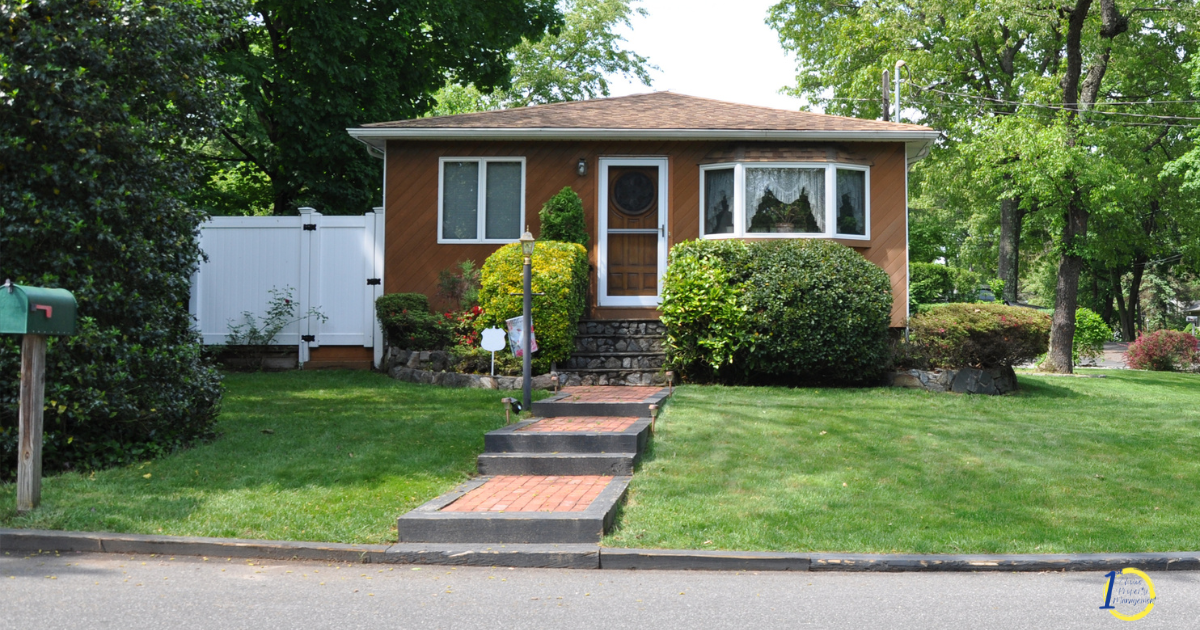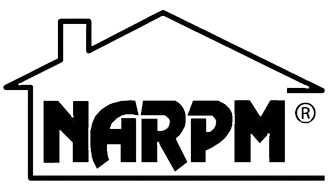Maryland's Booming Rental Market: Trends and Insights
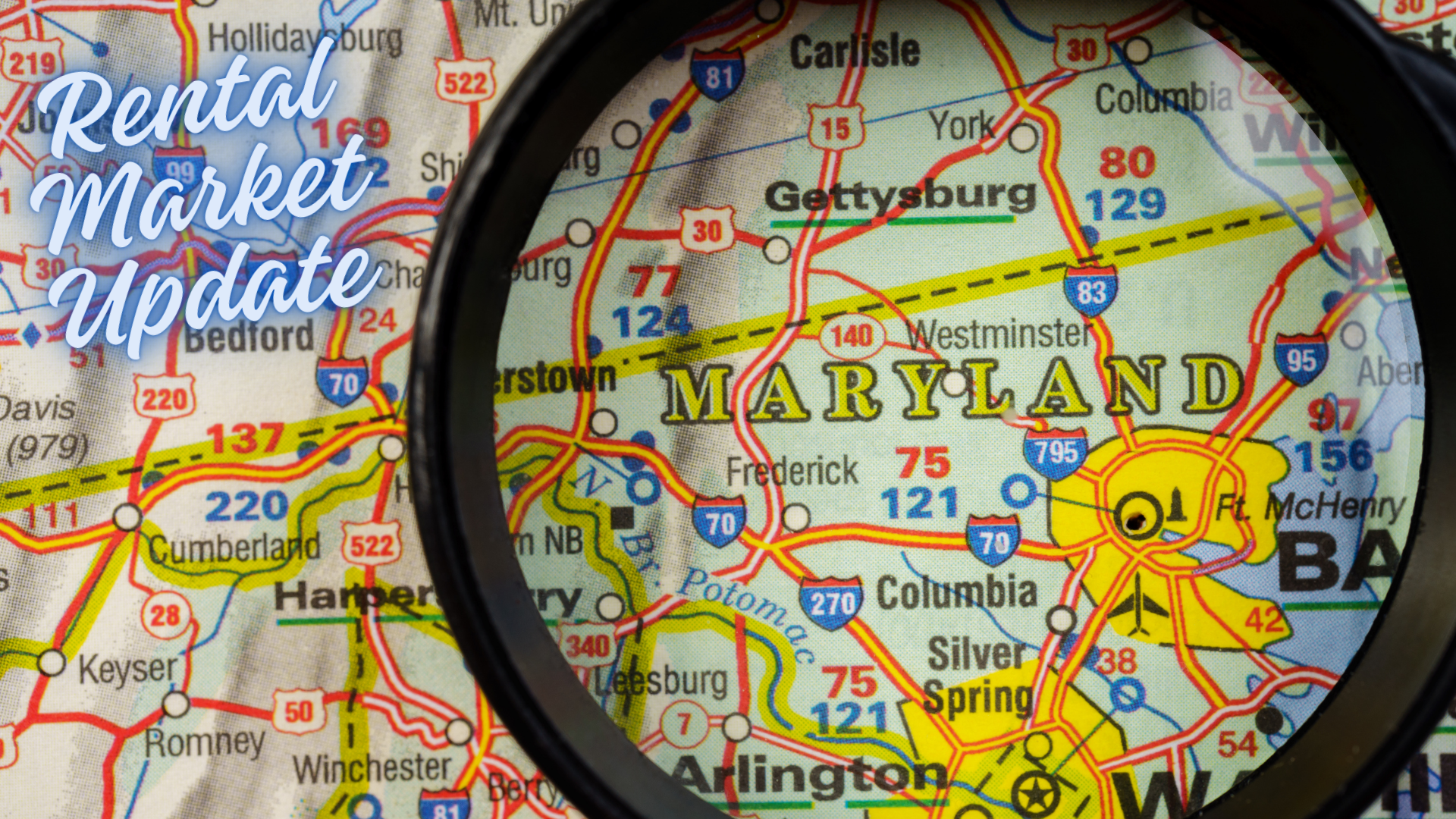
Maryland's rental market is experiencing significant changes and trends, influenced by a combination of economic factors, shifting demographics, and the evolving needs of tenants. Whether you’re a landlord, tenant, or investor, understanding these dynamics can help you navigate the market more effectively. Here’s an in-depth look at the current state of the rental market in Maryland.
Rising Demand for Rental Properties
Over the past few years, there has been a noticeable increase in the demand for rental properties in Maryland. Several factors contribute to this trend:
- Economic Uncertainty: The aftermath of the COVID-19 pandemic has led many individuals to reconsider homeownership. With economic uncertainty still lingering, renting has become a more attractive and flexible option for many.
- High Home Prices: Maryland has seen a steady rise in home prices, making homeownership less affordable for first-time buyers. This has pushed many to opt for renting instead, driving up demand for rental units.
- Job Market Dynamics: Maryland is home to several key employment centers, including Baltimore, Annapolis, and the Washington, D.C. metropolitan area. The presence of major employers and institutions such as Johns Hopkins University, Fort Meade, and the NSA contributes to a robust rental market as professionals seek convenient and flexible housing options.
Regional Variations in Rental Prices
Rental prices in Maryland vary significantly depending on the region. Here’s a breakdown of some key areas:
- Baltimore: As the largest city in Maryland, Baltimore has a diverse rental market. Neighborhoods such as Fells Point, Canton, and Federal Hill are popular among young professionals and offer a range of rental options from historic rowhouses to modern apartments. The average rent for a one-bedroom apartment in Baltimore is around $1,300 per month, though prices can be significantly higher in more desirable neighborhoods.
- Annapolis: Known for its historic charm and waterfront views, Annapolis attracts both families and professionals. The rental market here tends to be more expensive, with average rents for a one-bedroom apartment hovering around $1,600 per month.
- Montgomery County: This area, which includes cities like Rockville, Bethesda, and Silver Spring, is part of the Washington, D.C. metropolitan area. As such, it experiences high demand and higher rental prices. Average rents for a one-bedroom apartment can range from $1,700 to $2,200 per month, depending on the proximity to D.C. and local amenities.
- Prince George’s County: Also part of the D.C. metro area, this region offers more affordable rental options compared to Montgomery County. Average rents for a one-bedroom apartment are around $1,500 per month.
Shifts in Tenant Preferences
The pandemic has also shifted tenant preferences and priorities. Here are some emerging trends:
- Work-from-Home: With the rise of remote work, many tenants are now prioritizing properties that offer dedicated home office spaces or extra rooms. This trend has increased demand for larger apartments and single-family homes.
- Amenities and Community Features: Access to amenities such as fitness centers, green spaces, and community activities has become more important. Properties that offer these features are seeing higher demand.
- Suburban Living: There is a growing preference for suburban areas that offer more space and a quieter environment compared to urban centers. Suburban regions in Maryland are benefiting from this trend, with increased interest in rental properties outside of major cities.
Challenges Facing the Rental Market
Despite the strong demand, the Maryland rental market faces several challenges:
- Affordable Housing Shortage: There is a significant shortage of affordable rental housing in Maryland. This issue is particularly acute in urban areas like Baltimore and the D.C. metro region, where low-income tenants struggle to find suitable accommodations.
- Regulatory Environment: Maryland has a complex regulatory environment that can be challenging for landlords to navigate. Recent changes to rental laws, including rent control measures and tenant protection regulations, require landlords to stay informed and compliant.
- Maintenance and Upkeep: With an aging housing stock, many rental properties require significant maintenance and updates to meet current tenant expectations. Landlords must balance the costs of these improvements with the need to keep rents competitive.
Future Outlook
The outlook for the Maryland rental market remains positive, with continued demand driven by economic factors, demographic trends, and evolving tenant preferences. Investors and property managers who can adapt to these changes and offer high-quality, well-maintained properties with desirable amenities will be well-positioned for success.
The Maryland rental market is dynamic and multifaceted, offering opportunities and challenges for all stakeholders. Staying informed about market trends, tenant preferences, and regulatory changes is crucial for making informed decisions and thriving in this competitive environment.
Share this post
